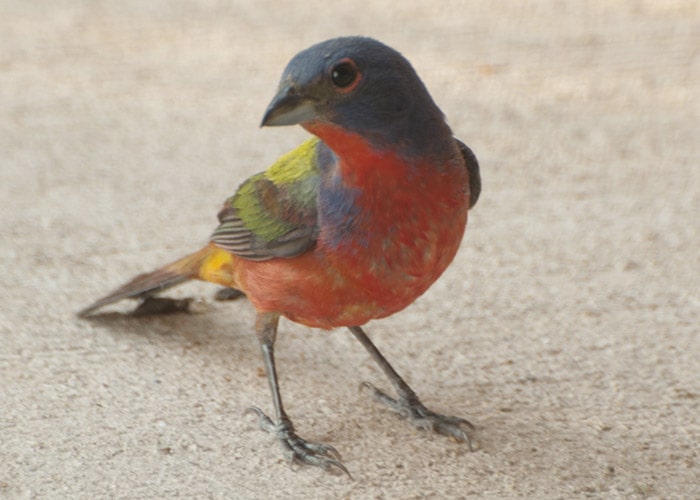A Revolution That Begins in Your Own Back Yard
A Revolution that Starts in Your Own Back Yard

Over the past couple of decades,people have grown more and more concerned about the environment. After centuries of assuming that we humans can endlessly exploit nature's resources, we have begun to realize those resources are limited. Not only that - all the elements of nature exist in a delicate balance that can be easily disturbed. When companies dump toxins into our rivers, those toxins don't just wash harmlessly out to sea; they poison countless plants, birds, reptiles and fish along the way. When we put chemical fertilizers on our lawns, that fertilizer doesn't just make the grass grow better; it seeps into our lakes and rivers to damage entire aquatic ecosystems, many of them beyond repair. When we decide to carpet our landscape with plants from other parts of the world, we don't just create more work for ourselves to maintain those landscapes. We destroy the natural habitat of the butterflies, songbirds and fireflies who have always lived here, and end up creating a green but otherwise barren and lifeless suburban world.
Undoing the damage that humans have done to their environment is not an easy, "one-step" process. In an increasingly globalized world, it's intelligent and natural to be concerned about the South American rainforests, and endangered species everywhere. But it's our experience that real and lasting change always begins at home, in our own back yards. And we're not just talking about plants, but a whole approach to life.

Step One: Jump Into a Wildscape
We've said it elsewhere, and we'll say it again. Using native plants in your own landscape is the only environmentally responsible thing to do. It will conserve water, eliminate the need to use toxic chemicals, and provide welcome habitat for all the living creatures whose presence holds the delicate web of life together.
We understand that using native plants in a home landscape is not always easy. They can be difficult to find. Archaic and uninformed "standards" for home landscaping still exist in some communities that specify a certain height for lawn grasses, for example, or even demand that homeowners plant lawns with specific non-native species. But these regulations can be challenged and changed. In theory, we ourselves put them in place and we can take them away.

State and Municipal Wildscaping Programs
For the past twenty years, communities all around the country have been steadily outgrowing their water supplies. One benefit of planting natives is that they use less water than non-natives. The Texas Parks & Wildlife Department has initiated a program called Wildscapes to encourage landscaping with natives, and several municipal water utilities in Texas including El Paso, Dallas and San Antonio have programs that give rebates to homeowners and businesses who switch to native plants. Take a look at the details on the TPWD website, or check the Parks & Wildlife Department website that belongs to your state to see if they have a similar program.
Rebates in Austin
Even if you have to start with a planting that includes some well-placed ornamental native grasses as part of a wildflower installation, it's a beginning. Other people can see for themselves that "native" doesn't have to mean "unsightly," and that a more natural approach to gardening doesn't have to look like "weeds."
Patios and Pockets
While we're in the neighborhood, we want to point out that the wisdom of using natives does not only apply to people who have an actual
patch of dirt outside their doors where they can plant things. Even if you live in an apartment, and all you have is a little patch of
concrete or a wooden deck where you can place a few potted plants, natives are the way to go. A passing butterfly or hummingbird will
be much happier to see your little splash of native Black-eyed Susans than the big hanging basket of petunias next door.
Finally, by keeping your dollars in your pocket until you can find the right natives to spend them on, you'll be doing much more good than you can even imagine. The history of ecological devastation in North America is filled with stories of some bug or bacteria or mold that hitchhiked into the country in a shipment of tropical plants or European trees. And, finding themselves in a hospitable environment without predators, escaped to wreak havoc on ever-growing acres and counties of our native land.
When the market for these imported species and their unintended consequences begin to dry up, we'll be that much closer to living in a vibrant and sustainable relationship to the natural world around us. It starts with you, in your own back yard.
